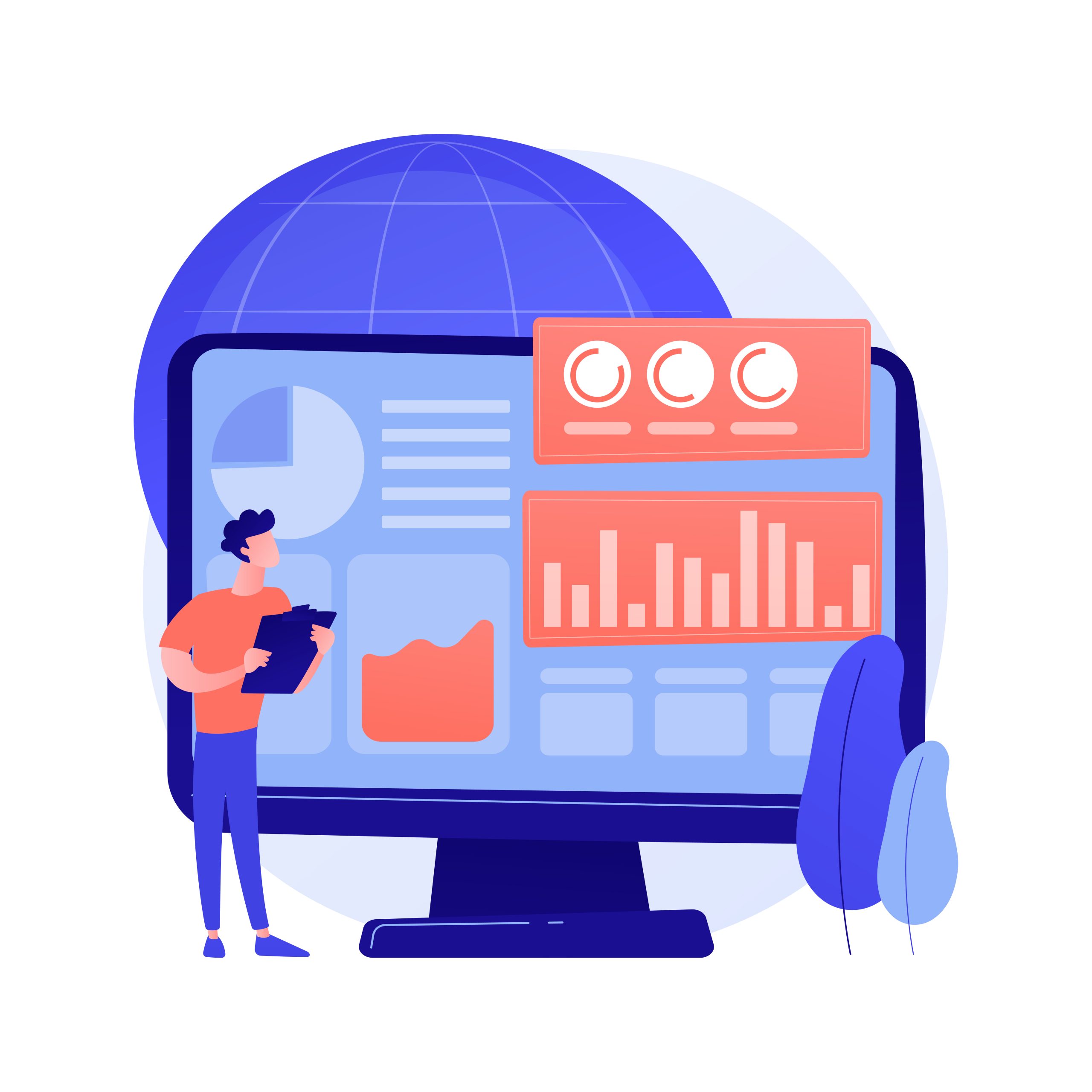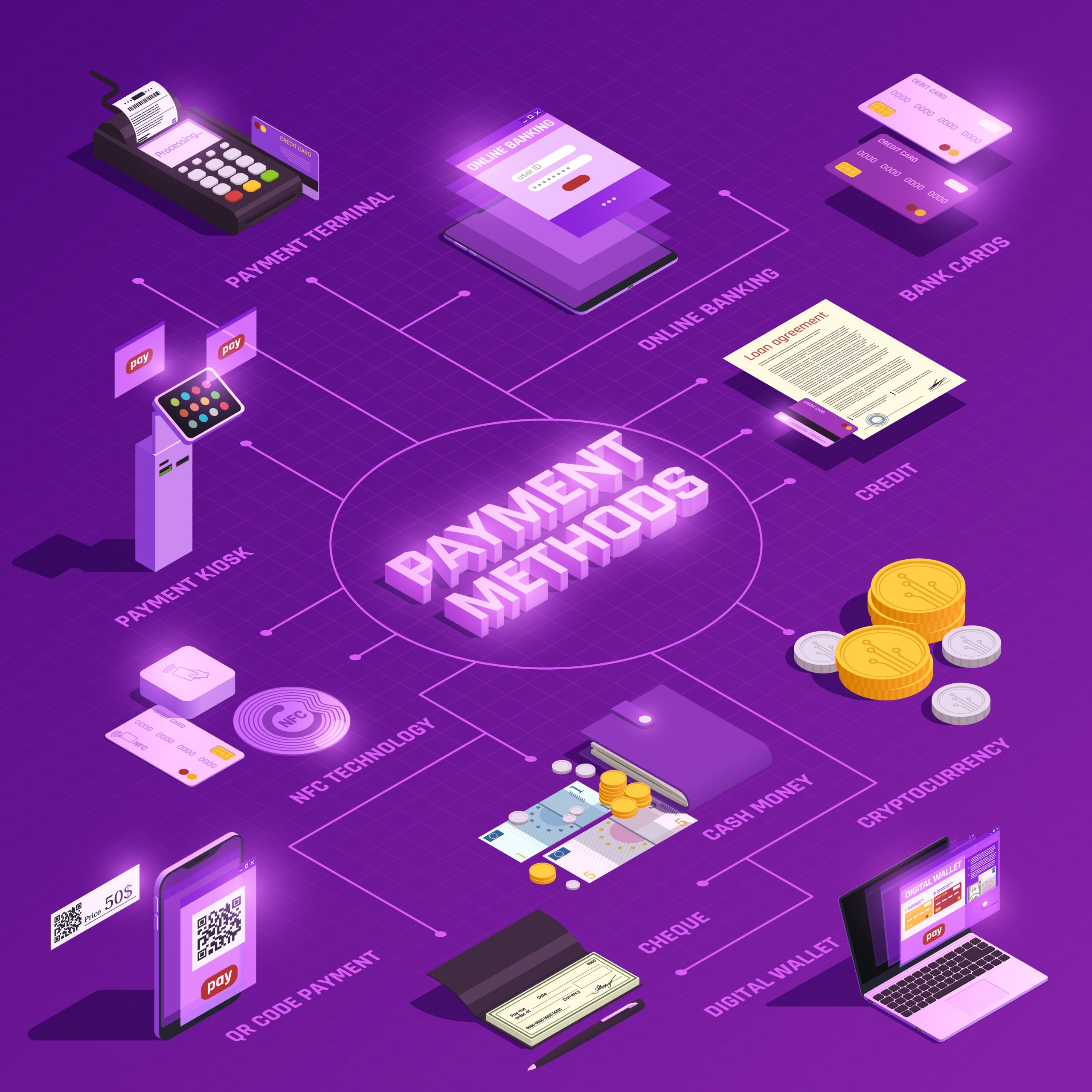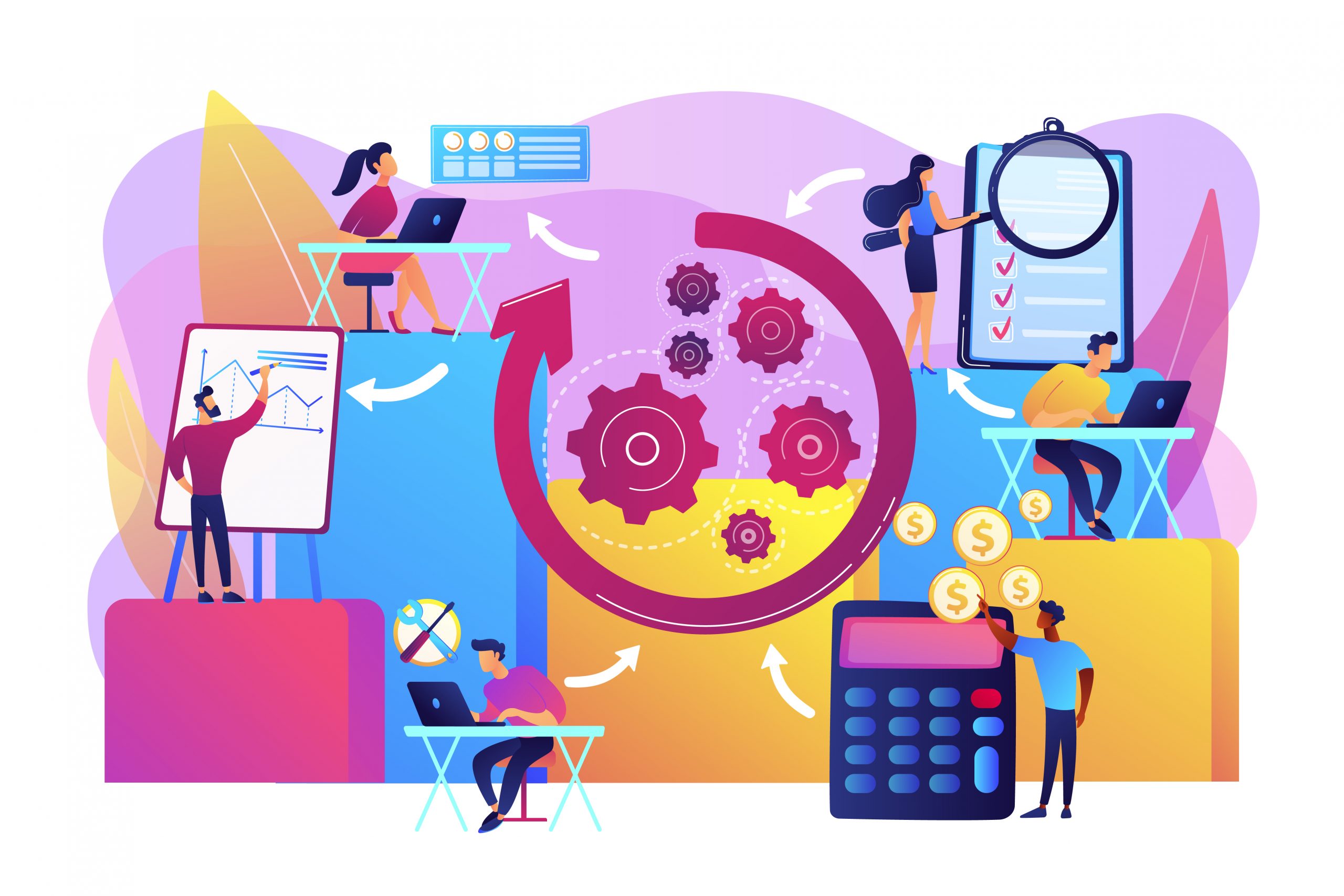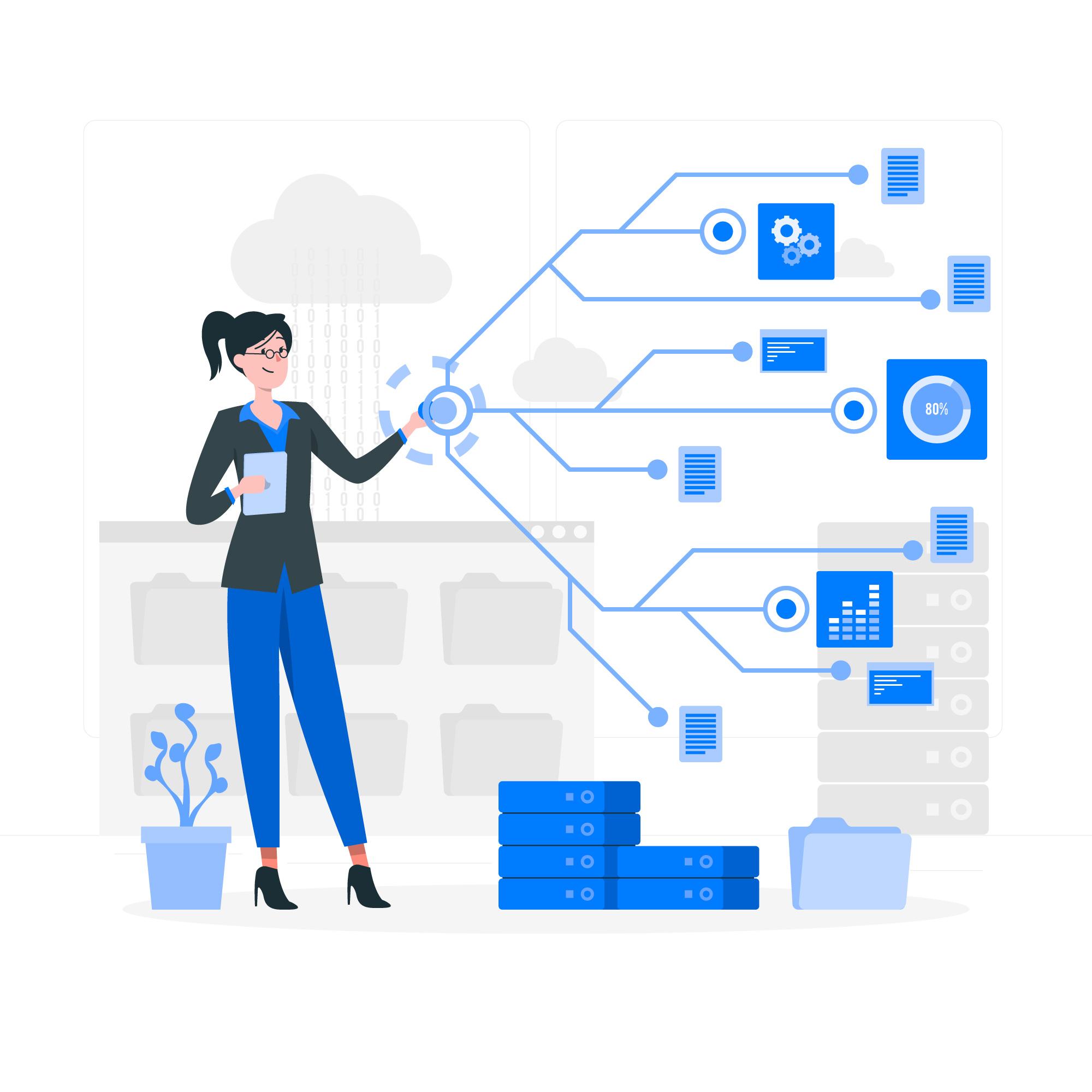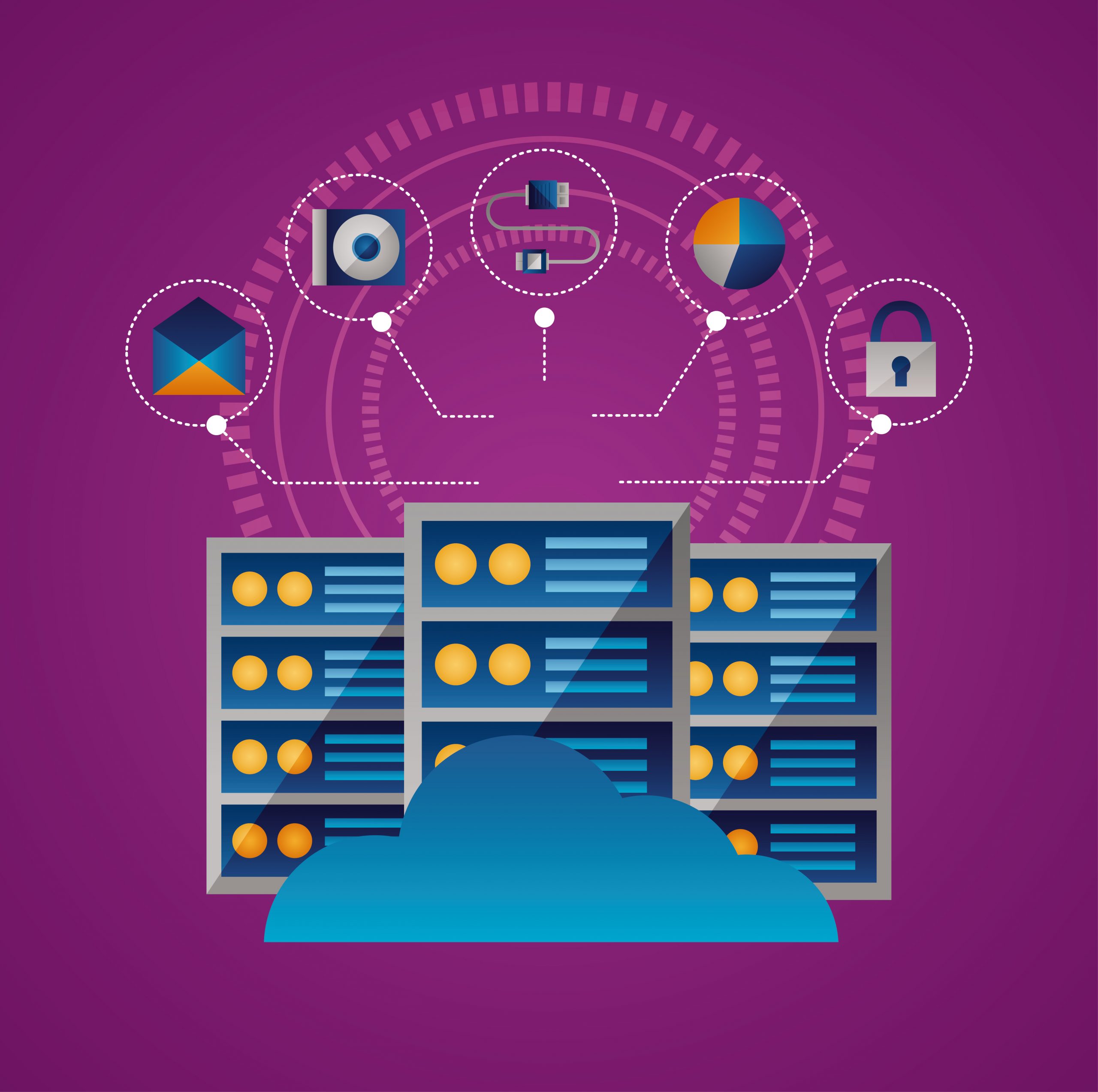Salesforce dashboards let users see their business data in real-time. Leaders use dashboards to track major performance indicators and progress reports that help them make better decisions throughout their departments. Senior executives view dashboards in Salesforce as their management platforms. This guide includes all the required knowledge about Salesforce Dashboard creation. You will learn all dashboard setup elements alongside the best design methods to create value-driven dashboards.
What is a Salesforce Dashboards?
Salesforce Dashboard shows business information through visual displays, which use data from reports to present results with charts, graphs, tables, and metrics. The dashboard presents exactly what is happening with your business numbers, which are directly visible at a glance.
Dashboards serve as better tools than reports because they let users quickly understand detailed information. The tool shows us market trends while checking business results and showing us what needs improvement. Every dashboard element on the platform can refresh itself to show you live updates.
Who Should Use Salesforce Dashboards?
Salesforce dashboards provide valuable information to all leadership positions, but especially to those in strategic roles. The system helps different types of leadership teams work with the platform.
Sales & Revenue Executives
These professionals track lead performance, sales pipeline, closed deals, and revenue growth using dashboards.
- Head of Sales
- VP of Sales
- Chief Revenue Officer
- Chief Growth Officer
Business & Operations Leaders
Business and operations leaders are responsible for the day-to-day activities of a company, ensuring smooth and efficient operations.
- Chief Operating Officer
- Chief Digital Officer
- CIO
- President
- CEO
Why Dashboards Matter?
Every department team receives better data oversight when dashboards are used. Executives see everything at a glance as visuals tell them immediately where projects succeed or fail.
Key benefits include:
- Tracking real-time progress on KPIS
- Identifying trends and bottlenecks in processes
- Supporting data-driven decision-making
- Providing a centralized view of various departments’ performance
Before You Build: Prepare Your Reports
The dashboard elements connect directly to Salesforce report data. The dashboard depends on quality reports to generate information that is worth reading.
Key Steps in Report Preparation
Begin by clarifying what you want your Salesforce report to achieve. Identify the key business questions you need to answer and the metrics that align with your organizational goals.
- Build your report types to create data flexibility.
- View data results based on needed fields and time ranges.
- Organize data sets with natural grouping methods, including sales representative, product, or geography breakdowns.
- Create summary or matrix reports for data items that need organized information.
Step-by-Step: How to Create a Salesforce Dashboards
Setting up dashboards on Salesforce follows an uncomplicated process. Follow these steps:
1. Navigate to Dashboards: Use Salesforce Lightning to open the Dashboards tab from the App Launcher.
2. Click ‘Create New Dashboard’: Start your dashboard creation by naming it, then selecting the right folder and typing in a description.
3. Select a Layout: Users can select between 1-column, 2-column, and 3-column interface design. You can modify the dashboard layout afterwards to match the component count.
4. Add Components: Click the “+Component” button. Locate the source report and select the required graphic type, such as bar chart, pie chart, gauge, table, etc.
5. Customize the Component: Enter the title and settings and then arrange data categories as needed to display your values. Ensure that the generated results follow the specified rules for your report design.
6. Apply Dashboard Filters (Optional): Create filtering options that let users select data categories from different regions, products, or sales representatives. Users can modify viewing choices without altering the dashboard structure.
7. Save and Refresh: Save your dashboard. Select the “Refresh” button to view the current data results.
Key Components in Dashboards
Salesforce dashboards give users multiple options to display their business data visually. The dashboard components have unique functions that link directly to Salesforce reports.
- Bar Chart: The bar chart stands as the primary dashboard component because it helps users check how items perform in different categories. Sales data can be presented through the dashboard as both regional income and sales representative leads. This tool shows differences between data sets and clearly shows weak and strong areas.
- Pie Chart: The pie chart reveals how much each data category takes up of the entire dataset. The chart helps you monitor lead origins, customer groups, or sales product percentages. The chart works better with smaller category numbers to prevent visual complexity.
- Line Chart: A line chart provides the best way to follow how data develops over time. A line chart effectively demonstrates how quantities change in an ongoing sequence, such as sales numbers.
- Gauge: The gauge tool shows how far a task has advanced toward its objective. Managers use this element to monitor their achievement of quarterly sales goals and project progress. You can easily understand the current situation from the color bands on the display.
- Metric: The metric part displays a unique numerical result, such as the present month’s income or current customer count. It lets users find important figures they need to see rapidly.
- Table: The table shows detailed information about each item. You should use this element to display ranked lists of achievements or lists of open matters. Tables with sorting and grouping features need to appear in dashboards that display both detailed and summary information.
Best Practices for Dashboard Design
To design effective Salesforce dashboards, focus on clarity, simplicity, and user experience.
- Start With the Goal: Start by setting the main goal of your dashboard. Determine which choice the dashboard helps you make or what knowledge it needs to provide. This ensures relevance and clarity.
- Limit the Number of Components: Avoid clutter. Keep your dashboard components between 6 to 10 items. When there are many visuals, the viewer cannot process the intended message.
- Use Clear, Descriptive Titles: Every component needs a clear title to help users understand its content. The dashboard needs to explain its data details to keep users from misunderstanding it.
- Maintain Visual Consistency: Keep all components in the dashboard following uniform color choices and text formatting practices. Users can easily understand the content and enjoy better screen time.
- Enable Filters for Flexibility: Let users select basic parameters to modify their screen views, which include team selection, geographical areas, and time intervals. The dashboard functions better for users because they can interact with it more effectively.
- Refresh Regularly: Update the data set automatically or manually before starting to work with it. Latest data updates help users trust decisions made with the dashboard.
- Control Access: Give editing and viewing access with care to protect both data accuracy and system security.
Dashboard Folder Management
In large organizations, a proper salesforce dashboard arrangement is a fundamental requirement.
Types of Folders
- Private Folders: Visible only to the creator.
- Public Folders: Shared with teams or departments.
- Role-Based Folders: Users get dashboard access based on their assigned roles or profiles.
Naming Best Practices
Use consistent, descriptive names like Sales_Q2_2025_TeamPerformance. This improves searchability and collaboration.
Advanced Salesforce Dashboards Features
Salesforce enhances dashboards with powerful tools that make them more than simple data presentation tools. The advanced features enhance dashboard functionality to make it more suitable for enterprise applications.
- Dynamic Dashboards: The dashboard changes its content to match what the viewer selects. You can build one dashboard for multiple users that changes its data display according to the person who logs in. These dashboards serve sales representatives and their direct supervisors best as they receive data tailored to their work needs.
- Joined Reports: Single dashboards receive data from multiple separate report types to provide complete combined analyses. The feature lets users merge data from multiple objects to view side-by-side comparisons, such as open opportunities with support cases. The feature shows all related information from various departments in a single display.
- Lightning Dashboard Builder: Using Lightning Dashboard Builder works like a visual editor that allows you to move components on the screen. Users can see their changes instantly on screen while they work with dashboard elements. The builder tool allows you to change dashboard dimensions while building faster.
- Scheduled Dashboard Refresh: The system lets you set automatic dashboard updates to run once per day, week, or month. The system delivers updated dashboards directly to stakeholders through email. The system automatically delivers current data to top managers without their needing to make manual updates.
How Streams Solutions Can Help?
Streams Solutions develops highly effective dashboards that perfectly suit your company’s needs.
- Our team builds customized dashboards for top executives in US and Canadian companies.
- Create dashboard layouts according to your operational targets
- Set up effective ways to deliver correct and neatly organized data
- Show meaningful data at the moment it appears for better decisions
- Our system makes dashboard information easier for all employees in the sales, marketing, service, and finance departments.
Our team of experts delivers dashboard benefits to companies developing their Salesforce use at any stage.
Final Thoughts
Modern companies depend on Salesforce dashboards to run their operations. They make hard-to-understand information helpful in making better decisions. By presenting precise data properly and selecting key metrics, dashboards become a reliable guide for making decisions.
As business leaders, you see Salesforce dashboards as more than just charts because they deliver real-time performance updates about your company operations. Your dashboards direct all important business decisions when you develop them correctly.
Need help? Contact Streams Solutions now to advance your dashboard design methods.

